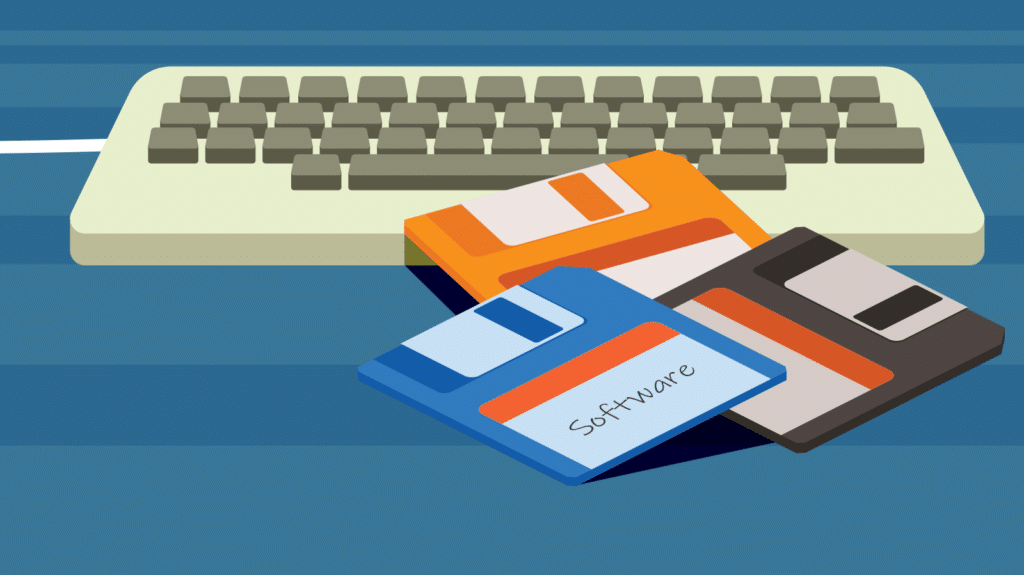Unless you’re in the advertising business, you probably try to avoid ads. You pay extra to stream ad-free content online. You leave the room if you are actually watching live TV shows with ads. You filter spam out of your inbox. You immediately click out of ads on the Web pages you visit. But are you actively blocking online ads? You should be. They are more than an annoyance. They could be a security risk.
Cybercriminals are smart and savvy crooks. They don’t advertise what they are doing, and it’s not that easy to spot, but they do buy legitimate ad space to lure users to malicious sites.
Malvertising uses legitimate online advertising networks to target you with malicious code. Sites you know and trust that use legitimate ad networks can end up serving up the malicious ads. Cybercriminals have run ads on the New York Times, Spotify, and the London Stock Exchange redirecting to malicious websites.
Adware is another risk. Packaged with legitimate software, adware runs on your computer without your knowledge. It displays unwanted advertising, redirects search requests to ad websites, and mines your data.
The cybercriminal wants to steal your ID, or your financial and contact data, or to encrypt your information, spy on, or hijack your computer.
They can do this with exciting ads ($9 iPads?!) or alerts (often warning about infections) to get your click. But they can also take a drive-by download approach. In these cases, you don’t even need to click on anything. You load the Web page hosting the ad (or malicious pop-up window). You’re directed to a page that finds browser or software security vulnerabilities to access your machine.
Protecting Against Malvertising
Keep your software up to date, and run antivirus checks to protect against downloads and malicious code. Avoiding Flash and Java helps too, as they are commonly exploited by malvertisers.
Cybercriminals mostly target Windows users, because the huge user base gives them the best return on investment. But Macs are just as vulnerable to malvertising attacks. — MalwareBytes
Installing an ad blocker plugin prevents the ad loading in the first place. These take away the annoyance of ads and help you avoid falling victim to a malicious attack hidden in an ad.
At the same time, you will enjoy cleaner Web browsing, and you won’t have to worry about distracting ads flashing at you while you read.
Your pages will also load faster. The ads often run a lot of code on top of the website code your computer needs to read and load. The images or video, for instance, can make a difference to data usage. So, the less you have to load, the faster you’ll get to the content you wanted. This can also help to preserve the battery life of your mobile devices!
There are some other considerations, though. For one, not all adblocker plugins can be trusted. Some will mine your data and sell it to advertisers, which is exactly what you don’t want happening.
Also, some websites won’t load correctly without the ad code. You can turn off ads on a site-by-site basis. After all, some free sites that you frequent might rely on ad revenue, so there may be sites you trust that you want to support by turning off your ad blocker just for those sites.
Always think before you click. Updating browsers and plugins and installing ad blockers can also help.
For the peace of mind that comes with ad blocking and keeping your computer security current, give us a call at (416) 848-6218 or 1 (888) 268-2564. We can help set you up to enjoy a safer online experience.






